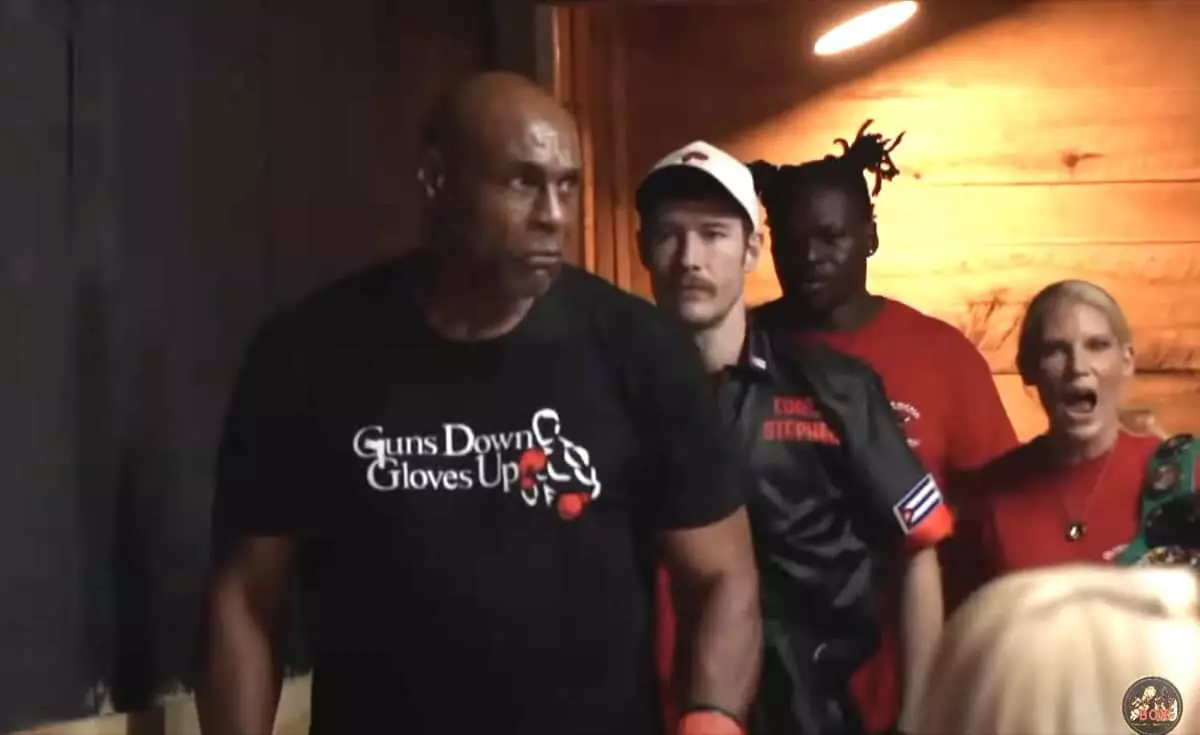Oliver McCall, the former WBC heavyweight champion, is not just an athlete; he’s a resilient embodiment of the long-standing kinship between boxing and time. At 60 years old, McCall entered the ring last night for a fight against Carlos Reyes, a journeyman with a record that indicated far too many losses for his own good. Their bout, held at the Texas Troubadour Theatre in Nashville, ended in a rather peculiar six-round draw. The verdict—split as it was with scores of 58-56 for both fighters and a third judge scoring it even at 57-57—compels us to ask if the match was a triumph or an indication of stagnation for McCall.
Age vs. Experience: The Battle Within
In the world of sports, the narrative of a once-great athlete trying to reignite past glory often unfolds in predictable patterns. McCall’s situation is no different; yet, it carries the weight of decades entrenched in the ring. His record now stands at 61-14-1 (40 KOs), and even as he remains undefeated in his comeback, posting a 2-0-1 record, the performance against Reyes raises questions about the viability of such a revival. Notably, the fight illustrated the conflict between McCall’s accumulated wisdom and the weariness that age brings.
In the latter rounds, McCall notably switched to a defensive posture, choosing to sidestep instead of engage when he needed to assert dominance. The explanation? A mixture of fatigue and, one would argue, a waning competitive fire. It paints a portrait that resonates with not just boxing enthusiasts but also with anyone who has ever fought against the inexorable passage of time.
The Not-so-Surprising Draw and What Lies Ahead
It’s somewhat predictable that Reyes, a fighter without a victory in a decade, would not make for an easy target. He rallied in the later rounds, leveraging McCall’s own reserve of energy against him. This draw could very well signify that McCall is walking the thin line between glory and decline, propelling forward but still tethered by the anchor of reality. Even during the breaks, there were signs of confusion as McCall appeared to think the fight was scheduled for only four rounds, a mental slip that gives an unsettling glimpse into the complexities of age and its implications in high-stakes competition.
Perhaps placing the spotlight on McCall has overshadowed the question of whether he should continue. Discussions of a potential bout with former two-time heavyweight champion Shannon Briggs further entangle this narrative, raising concerns of exploitation rather than celebration. Both fighters, while legends in their own right, are on borrowed time in a sport where youth often reigns supreme.
The Reality of Resilience: What’s Next for McCall?
Looking ahead, it is evident that uncertainty looms large over McCall’s boxing career. Despite the draw proving he can still hold his own, it also illuminates the precarious nature of a comeback steeped in nostalgia. Should McCall choose to continue pursuing a path in boxing, one must ask at what cost? The allure of rekindling old glories may tempt many, yet the spectacle of aging fighters can often come with a haunting aftertaste. Each match carries with it questions that remain unanswered—about health, legacy, and the complex fabric that makes up a fighter’s life beyond the ring.

